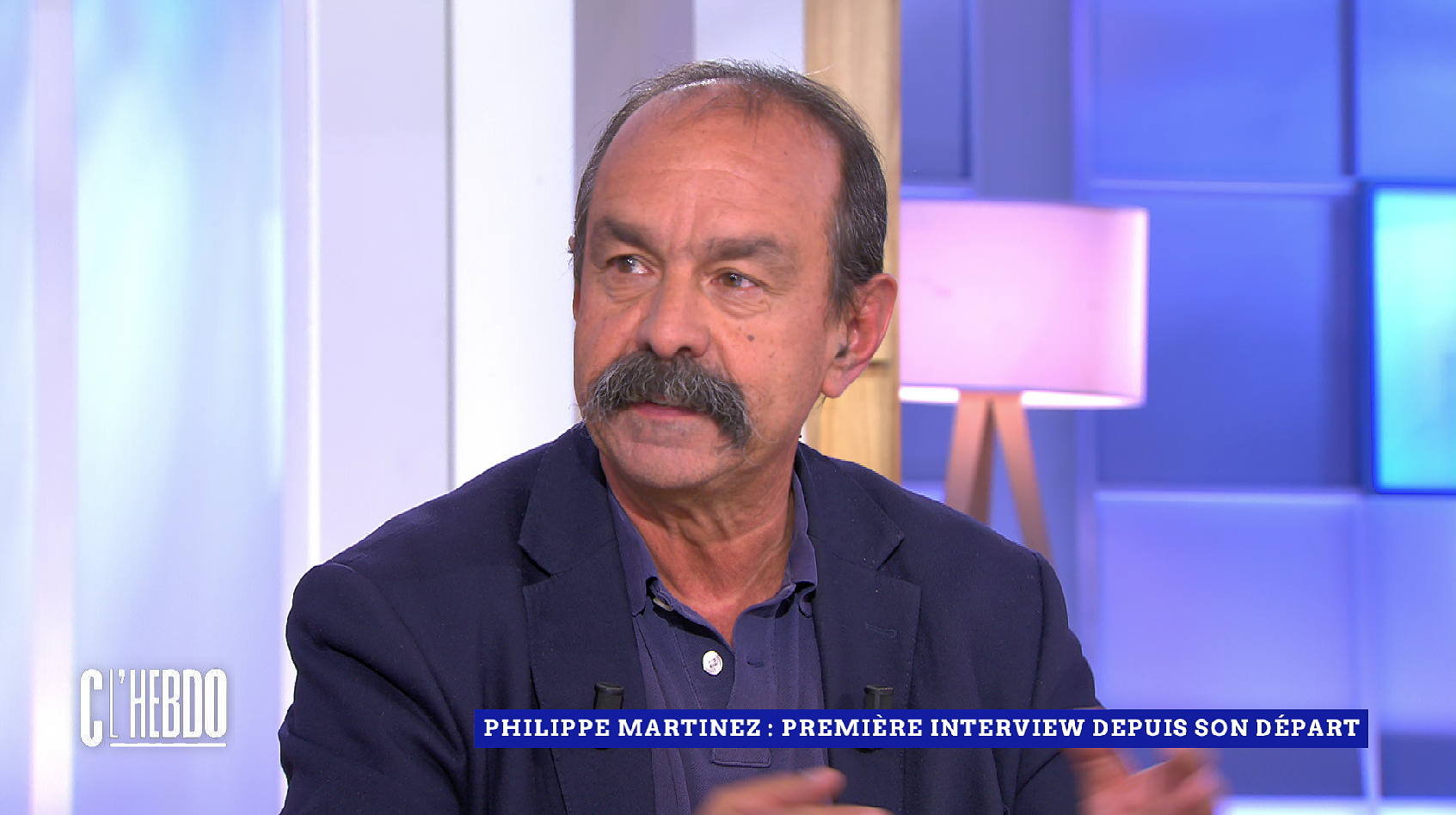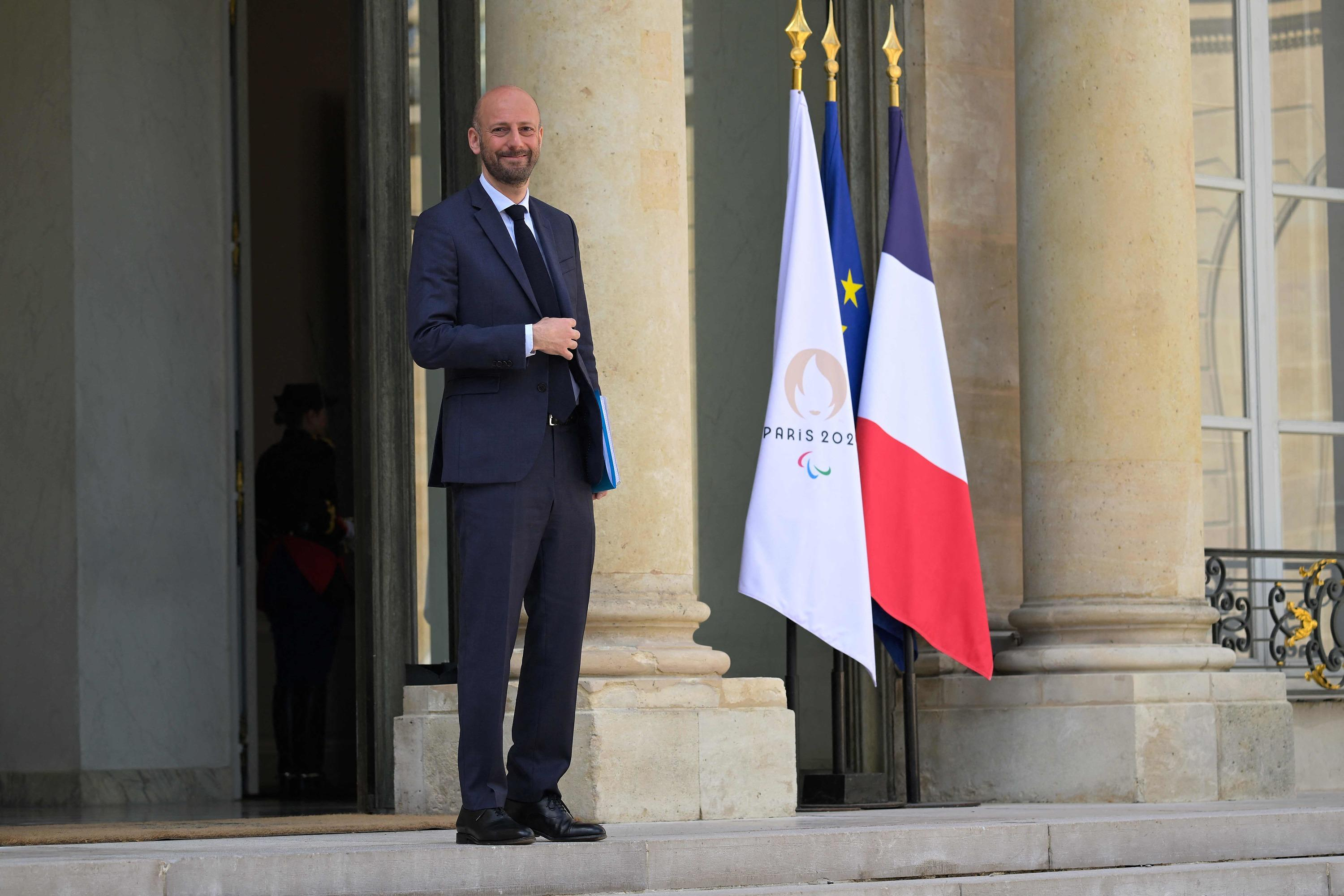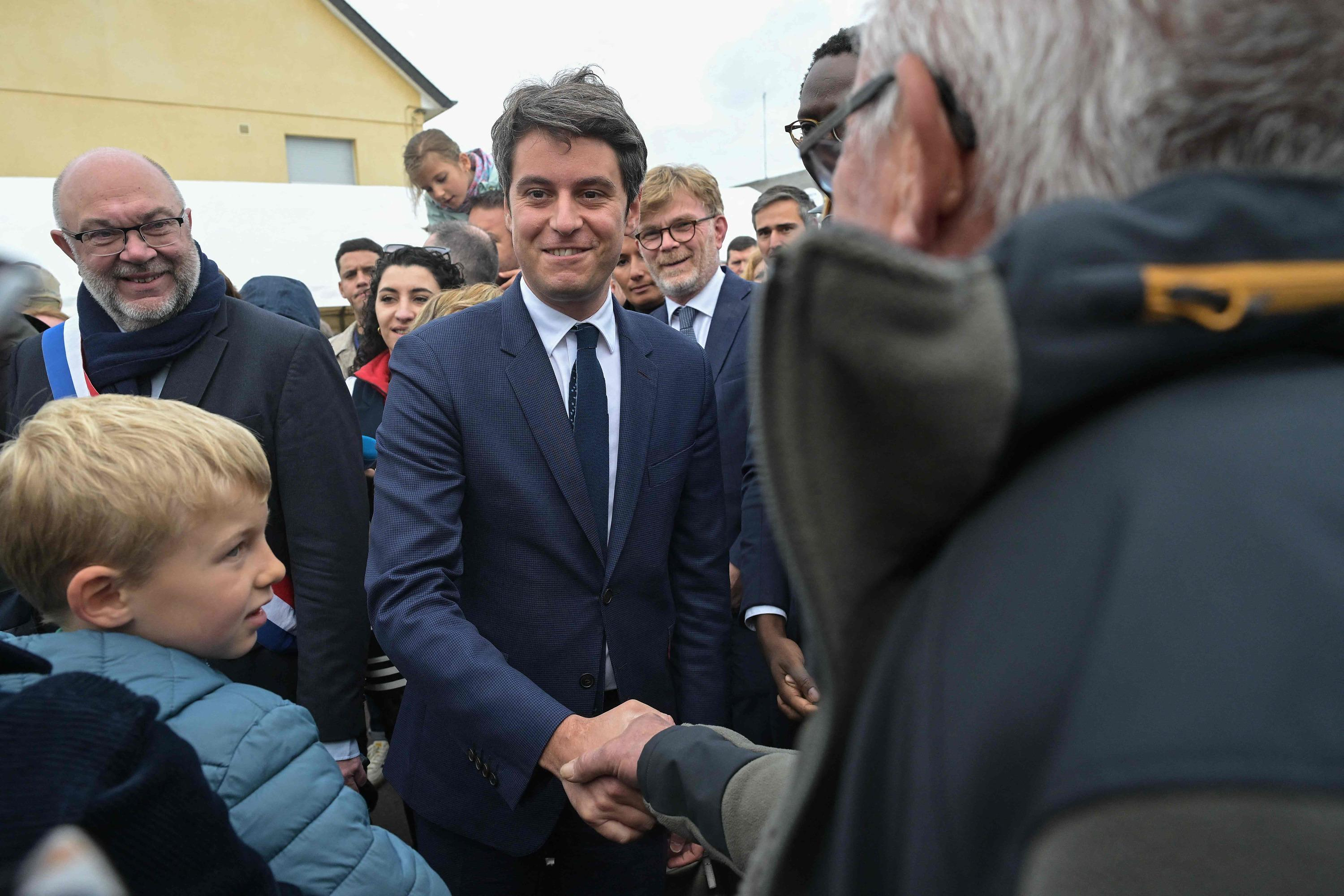If you don't want to go far to the penguins, you can stick to Tony Smith. Relaxed, the tour guide steers his jeep through the potholes to Yorke Bay.
A short walk through the dunes and the black and white birds stand in front of you by the hundreds. In the mixture of snow and sand they look even more cute. Again and again, small groups of them come ashore from the sea, pause briefly to dry and then make their way across the beach to the colony.
Then Tony touches my shoulder lightly and points to the surf. "A mane seal," says the man in his late fifties. "She hunts the penguins." In the shallow water she patrols off the beach. The penguins noticed the hunter and try to avoid it. They swim to the left, to the right, trying to shake off the seal. Occasionally they save themselves on land.
But then it happens: the sea lion grabs. It's a bloody spectacle of nature - just a few miles from Stanley, the capital of the Falkland Islands.
The islands at the end of the world - hundreds of kilometers off the Argentine coast in the South Atlantic - are a paradise for animal watchers and nature lovers. "It's so impressive: We have everything almost on our doorstep," enthuses Anne, who moved here from Great Britain for work and, like everyone else here, only introduces herself by her first name.
"The other day we saw king penguins at a picnic and a day later orcas," says Anne. There are also numerous bird species such as the black-browed albatross with its wingspan of up to 2.50 meters.
Unlike for the approximately 3,400 inhabitants of the islands, who in many cases only have to overcome a few kilometers of gravel road to be among the animals, the journey for ornithologists and nature lovers is much more complex.
After a two-year Corona break, cruise ships are calling at the islands again. Tens of thousands entered the British Overseas Territory this way each year prior to the pandemic. They are taken in small boats to the king penguin colony at Volunteer Point on the northeastern tip of the archipelago. Stroll along the waterfront in Stanley, maybe have a coffee at the Waterfront Café and buy a penguin t-shirt at the gift shop. Then it goes on.
But if you want to spend a longer time on the islands and get involved with nature, you need time - and also as an individual traveler a lot of money. The Falklands are an expensive place.
In the camp, as the Falklanders call everything outside of Stanley, accommodation usually costs less than in the island's capital. But getting there is even more difficult. There is no public transport. The only option is to rent a car. Or book a driver. The distances are far too long to walk.
"Tourists are always surprised, they judge the islands to be much smaller," says guide Tony, laughing. But looking at the map is deceptive. There, the islands look like they've been blotted up.
In fact, the Falklands are about half the size of Wales. This is how Tony explains it to his British customers. Or for Germans: They are more than four times the size of Saarland.
If you want to stay longer, you have to travel by plane. There are now two possible routes to do this. The South American airline Latam has been flying once a week from the Chilean capital Santiago to the Falkland Islands since July.
On the way, the plane makes a stopover in Punta Arenas in Patagonia and once a month – more on that later – in Rio Gallegos in southern Argentina.
However, many Brits and Falklanders visiting relatives in the UK use a more direct route. A plane takes off twice a week from the British air force base at Brize Norton near Oxford. After a flight of around six hours, the Airbus A330 stops in Cape Verde off the West African coast – to refuel and change personnel.
Depending on how the plane is on schedule, travelers may stretch their legs inside the airport building. "Please do not consume any alcohol," the crew warns several times. There are always British soldiers on board who are on duty in the Falkland Islands for several months. It is said that there have always been incidents with them in the past.
From Cape Verde it is another ten hours across the Atlantic to the Falkland Islands. The Air Tanker charter company's flight is also open to civilians. Jamie and Bruce, for example, are craftsmen and have signed up for six months of civilian service.
The Falkland Islands pay well. Many residents are "do-it-yourself" experts and repair a lot themselves. But specialists are rare.
The Scottish plumber Cameron is only sent to Stanley for three days by his company, before he wants to make the long journey north again. "I'm on the road longer than on site," he says with a grin.
"Airlift" they call the connection on the Falkland Islands. "Before, we were very cut off," says car dealer Simon in Stanley. Thanks to the "airlift", at least people are no longer dependent on long boat trips.
This does not apply to goods. If you want to be sure that the jewelery really hangs on the Christmas tree at Christmas, you should order it by the end of May at the latest. Thanks to an arrangement with a UK retail chain, the goods are being collected and loaded onto a ship arriving in Stanley in November.
At least if everything goes according to plan. Due to the unpredictable and often strong windy weather in the South Atlantic, the December connection is not guaranteed to arrive in time for Christmas Day.
The “airlift” can also fall victim to the weather. If the wind blows from the north on the British Isles Air Force Base Mount Pleasant, the Airbus stays on the ground. For connecting flights from London you should plan enough buffers. Delays of one or even two days are by no means uncommon, especially in winter.
It prevails here when it is summer in Europe. Contrary to popular belief, it rarely snows on the archipelago. But there are exceptions to every rule: "I haven't seen as much snow as this year in more than a decade," says tour guide Tony. Some farms were cut off for days.
Snowdrifts also make our drive from Stanley to the Mount Pleasant base a slippery slope. The jeeps make slow progress, only to drive the travelers back hours later. The de-icing of the plane takes too long, the crew would not have the necessary rest time. Next try next morning.
But that gives time for another trip with Tony. Through a picturesque landscape, it goes across the main island of East Falklands from Stanley to the village of Goose Green. The winter sun hits the white snow. Today it's not about the impressive nature, but about history. Because on the Falkland Islands, the memory of the war against Argentina 40 years ago is omnipresent.
Flashback: Argentina has claimed the British-owned islands off its coast since 1833. After negotiations failed to bring about a breakthrough, Argentine troops occupied the area on April 2, 1982 on the orders of dictator Leopoldo Galtieri. The few British soldiers had to surrender.
A good 12,500 kilometers away in London, then Prime Minister Margaret Thatcher did not want to accept the invasion. She sent an expeditionary force that retook the island. 255 British and 649 Argentine soldiers died, as well as three civilians. Hundreds were injured.
The war still shapes the islands, which in a referendum in 2013 almost unanimously committed to the United Kingdom.
Not only because a good 1000 British soldiers are now permanently stationed here and the defense has been significantly strengthened.
There is hardly a conversation without the ongoing conflict with Argentina coming up after a few minutes. "We don't want to be Argentines," says sheep farmer Michael on behalf of many of the islanders.
Even now the government in Buenos Aires has not given up its claims and is also trying to exert economic pressure. The monthly Latam flight stop in Rio Gallegos is a concession to allow the route to pass through Argentine airspace.
Tony keeps stopping on the way to Goose Green. In his snow suit he trudges ahead, the deep snow makes it difficult to keep up. The goal is a small memorial stone. It commemorates Lieutenant Colonel Herbert Jones, 2nd Parachute Regiment, who was killed here in the Battle of Goose Green on May 28, 1982.
Almost to the minute, Tony can describe how the fight unfolded and how Jones died. Again and again he points to the gentle hilltops where Britons and Argentines faced each other only a few meters away. Before continuing, Tony pours coffee in the back of his SUV.
Goose Green is a good starting point for understanding the Falklands War. The small hamlet in the midst of generous sheep pastures has only a few dozen inhabitants. But the recapture was a symbolic first success for the British Expeditionary Force.
In the community hall, Argentine troops had held more than 100 Falklanders captive for weeks. The small Goose Green Museum - you can get the key in the nearby café - describes the time in detail. A place of remembrance has also been set up in the community hall, which is still in use today.
Winter days are short in the Falkland Islands. But you should still take the time for a short detour to the Argentine war cemetery. Dozens of the dead lie in rows here, with frost-covered plastic flowers and rosaries tied to the crosses. The view goes far across the country. For Tony it is important that the Argentines also have a memorial here.
He is less responsive to the Argentine government. She makes no attempt to bring the fallen home, says Tony.
Instead, the leadership is encouraging their compatriots on the Falkland Islands, which are called Islas Malvinas there, to hold up the Argentine flag and upload the photos to social networks.
This is a provocation for the residents. Bad memories of the occupation are too deep. There is great fear that there will be new incidents with the resumption of Latam flights. Many are demanding that Argentines' luggage be checked after landing.
On this trip, Goose Green is the furthest point of excursion. If you want to go further, you should plan ahead. Individual lodges offer accommodation, but often the owners live in Stanley and meet there to collect the keys. The number of inhabitants beyond the capital is already extremely small, on West Falklands live even less.
The port settlement of Port Howard is the largest town there with a good 20 inhabitants. A ferry connects the two main islands. In the South Atlantic summer, our winter, the boat runs at least once a day, in the South Atlantic winter sometimes only on call. The volatile weather in the Falkland Sound can make the crossing an adventure.
If you like it more comfortable, come here by plane. Islander planes, which can land on the grass or gravel runways, fly from the small airport in Stanley, located near the penguin bay of Yorke Bay. That's cheaper than it sounds. A day trip from Stanley to the West Falklands costs just under £90.
Requirement: The pilots, who usually bring goods to the remote farmsteads, must have space for the passengers.
Getting there: Flights from Brize Norton Air Force base fly twice a week. Information and booking via travel@falklands.gov.fk. The airline Latam flies once a week from Santiago de Chile to Mount Pleasant in the Falkland Islands.
Note: Driving from London to Brize Norton can be a hassle depending on the time. Take the train from London Paddington station to Oxford and then take the S1 bus to the base in just under an hour. A taxi from Oxford costs £50, and from London you should expect at least £150 for the almost two-hour journey.
Currency: The Falkland Islands have their own currency, the Falkland Pound, which is equal to the British Pound 1:1. Pounds sterling can be used in the islands, but Falkland pounds - particularly the banknotes - cannot be used in the UK.
You should definitely take enough cash with you. There is an ATM on the islands - at the Stanley gas station. The only bank branch in the town center also offers cash payments for a fee.
Travel time: The season is in the South Atlantic summer half-year, the best travel time is between October and March.
Guided tours: Tour guide Tony Smith charges £190 for a day trip. Arrangement via email (discovery@horizon.co.fk)
Flights to West Falklands: Called “Round Robin”, these flights depart from Stanley Airport. Information and booking by email (operations@figas.gov.fk) or phone ( 500 27219)
Where to stay: Accommodation in Stanley is scarce. At Shorty's Motel, a night's accommodation in a double room plus breakfast costs £95 per night. In the more upscale Malvina House Hotel on the harbor promenade, double rooms are available from £150 in the high season from October to March, and from £136 in the South Atlantic winter.
There are simple lodges outside of Stanley, but the regional government has an online overview of accommodation on the islands: www.falklandislands.com/accommodation
Informationen: Jetty Visitor Centre in Stanley, Ross Road/Philomel Street (Tel.: 500 22281; Website: www.falklandislands.com)

 B:SM will break its investment record this year with 62 million euros
B:SM will break its investment record this year with 62 million euros War in Ukraine: when kyiv attacks Russia with inflatable balloons loaded with explosives
War in Ukraine: when kyiv attacks Russia with inflatable balloons loaded with explosives United States: divided on the question of presidential immunity, the Supreme Court offers respite to Trump
United States: divided on the question of presidential immunity, the Supreme Court offers respite to Trump Maurizio Molinari: “the Scurati affair, a European injury”
Maurizio Molinari: “the Scurati affair, a European injury” Irritable bowel syndrome: the effectiveness of low-carbohydrate diets is confirmed
Irritable bowel syndrome: the effectiveness of low-carbohydrate diets is confirmed Beware of the three main sources of poisoning in children
Beware of the three main sources of poisoning in children First three cases of “native” cholera confirmed in Mayotte
First three cases of “native” cholera confirmed in Mayotte Meningitis: compulsory vaccination for babies will be extended in 2025
Meningitis: compulsory vaccination for babies will be extended in 2025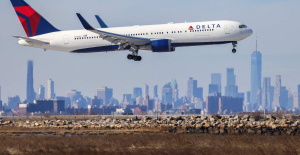 In the United States, a Boeing 767 loses its emergency slide shortly after takeoff
In the United States, a Boeing 767 loses its emergency slide shortly after takeoff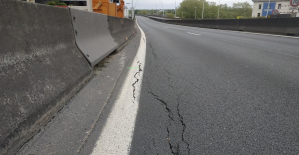 The A13 motorway will not reopen on May 1
The A13 motorway will not reopen on May 1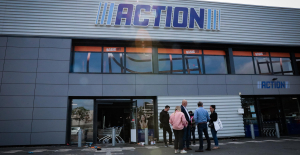 More than 1,500 items for less than 1 euro: the Dutch discounter Action opens a third store in Paris
More than 1,500 items for less than 1 euro: the Dutch discounter Action opens a third store in Paris 100 million euros in loans, water storage, Ecophyto plan… New measures from the executive towards farmers
100 million euros in loans, water storage, Ecophyto plan… New measures from the executive towards farmers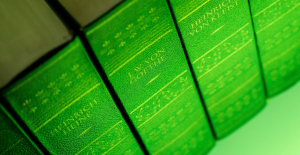 Books poisoned with arsenic present in French libraries
Books poisoned with arsenic present in French libraries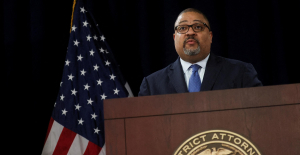 New York justice returns 30 works of art looted from Cambodia and Indonesia
New York justice returns 30 works of art looted from Cambodia and Indonesia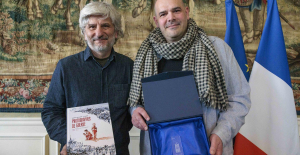 Les Galons de la BD dedicates War Photographers, a virtuoso album on the Spanish War
Les Galons de la BD dedicates War Photographers, a virtuoso album on the Spanish War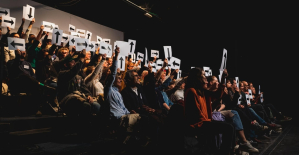 Theater: Kevin, or the example of an academic failure
Theater: Kevin, or the example of an academic failure Skoda Kodiaq 2024: a 'beast' plug-in hybrid SUV
Skoda Kodiaq 2024: a 'beast' plug-in hybrid SUV Tesla launches a new Model Y with 600 km of autonomy at a "more accessible price"
Tesla launches a new Model Y with 600 km of autonomy at a "more accessible price" The 10 best-selling cars in March 2024 in Spain: sales fall due to Easter
The 10 best-selling cars in March 2024 in Spain: sales fall due to Easter A private jet company buys more than 100 flying cars
A private jet company buys more than 100 flying cars This is how housing prices have changed in Spain in the last decade
This is how housing prices have changed in Spain in the last decade The home mortgage firm drops 10% in January and interest soars to 3.46%
The home mortgage firm drops 10% in January and interest soars to 3.46% The jewel of the Rocío de Nagüeles urbanization: a dream villa in Marbella
The jewel of the Rocío de Nagüeles urbanization: a dream villa in Marbella Rental prices grow by 7.3% in February: where does it go up and where does it go down?
Rental prices grow by 7.3% in February: where does it go up and where does it go down? Even on a mission for NATO, the Charles-de-Gaulle remains under French control, Lecornu responds to Mélenchon
Even on a mission for NATO, the Charles-de-Gaulle remains under French control, Lecornu responds to Mélenchon “Deadly Europe”, “economic decline”, immigration… What to remember from Emmanuel Macron’s speech at the Sorbonne
“Deadly Europe”, “economic decline”, immigration… What to remember from Emmanuel Macron’s speech at the Sorbonne Sale of Biogaran: The Republicans write to Emmanuel Macron
Sale of Biogaran: The Republicans write to Emmanuel Macron Europeans: “All those who claim that we don’t need Europe are liars”, criticizes Bayrou
Europeans: “All those who claim that we don’t need Europe are liars”, criticizes Bayrou These French cities that will boycott the World Cup in Qatar
These French cities that will boycott the World Cup in Qatar PSG: “Immense pride in continuing the adventure in Paris”, relishes Zaire-Emery
PSG: “Immense pride in continuing the adventure in Paris”, relishes Zaire-Emery Breaking: everything you need to know about this sport
Breaking: everything you need to know about this sport NBA: Lakers gain respite, Boston responds to Miami
NBA: Lakers gain respite, Boston responds to Miami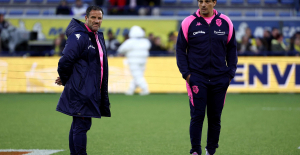 Top 14: “a very severe red card”, estimates Labit (French Stadium)
Top 14: “a very severe red card”, estimates Labit (French Stadium)




